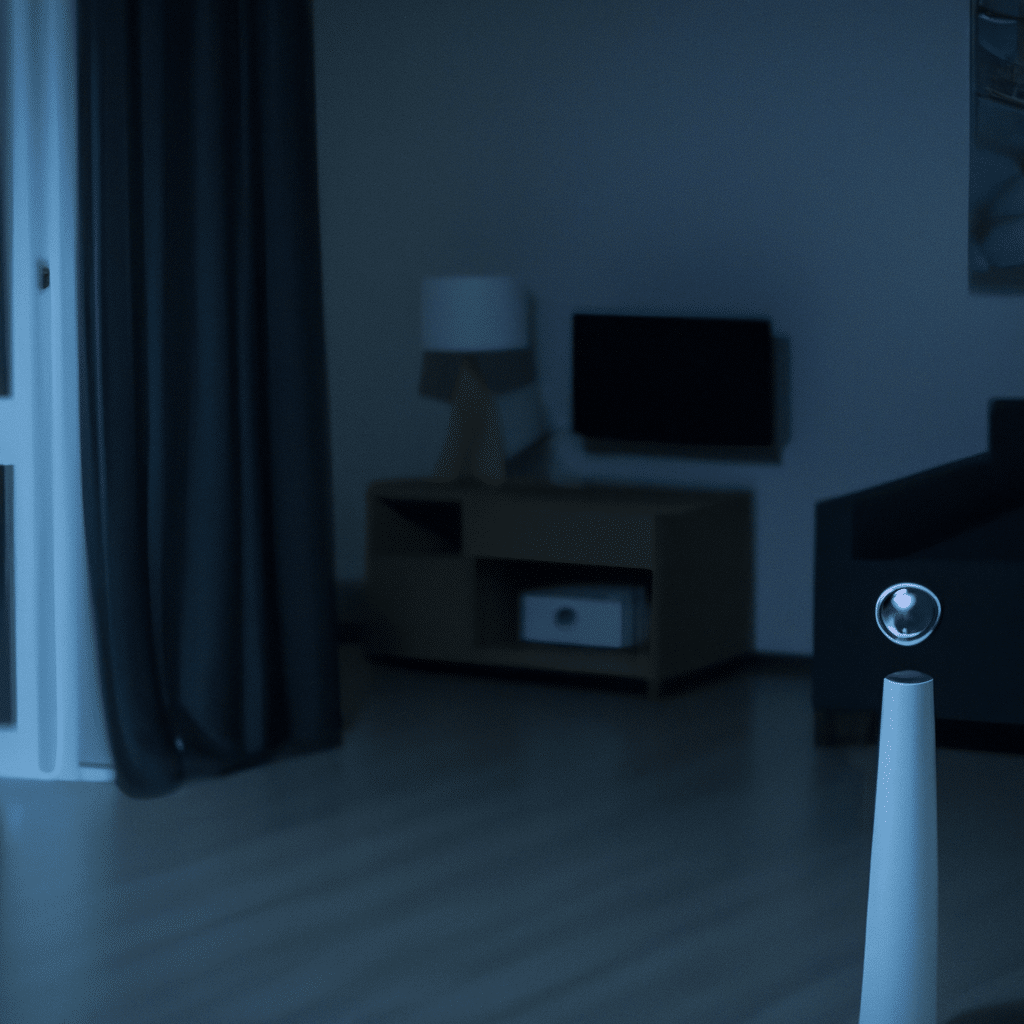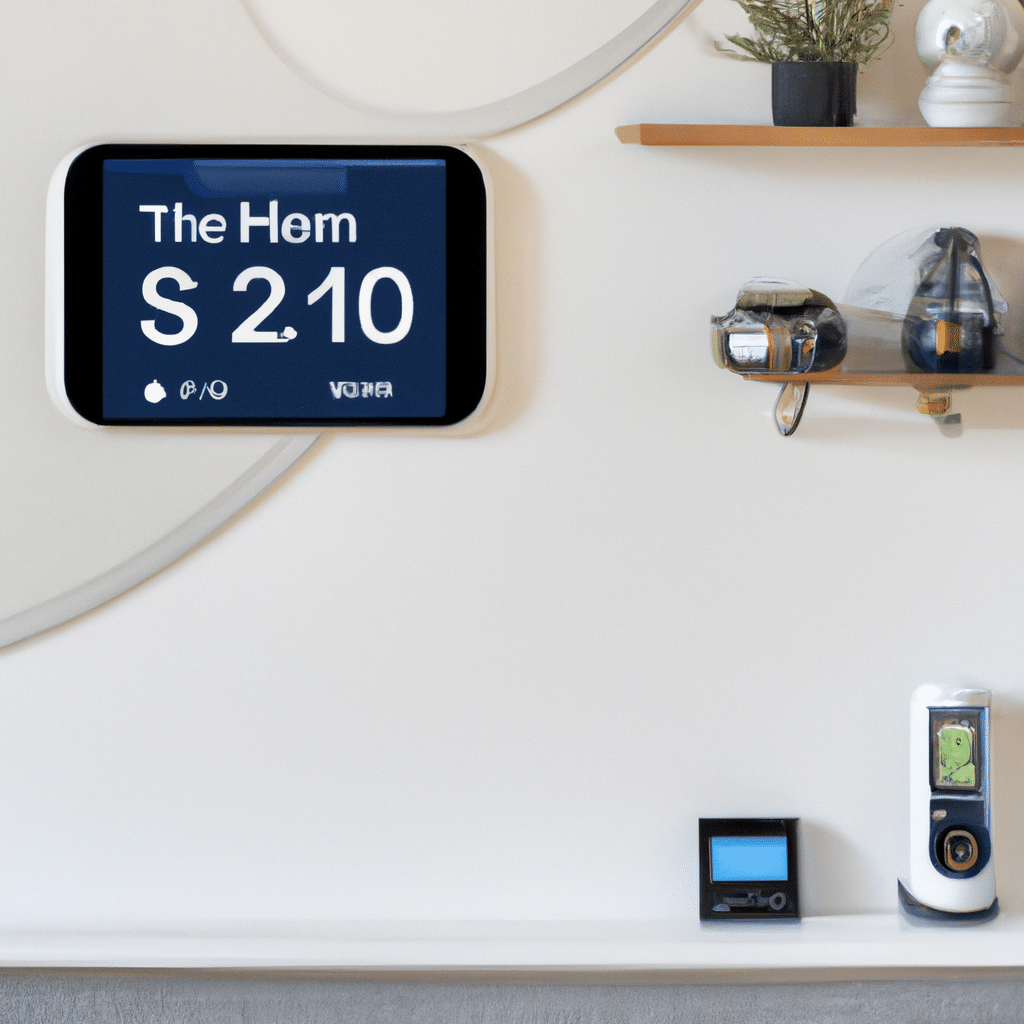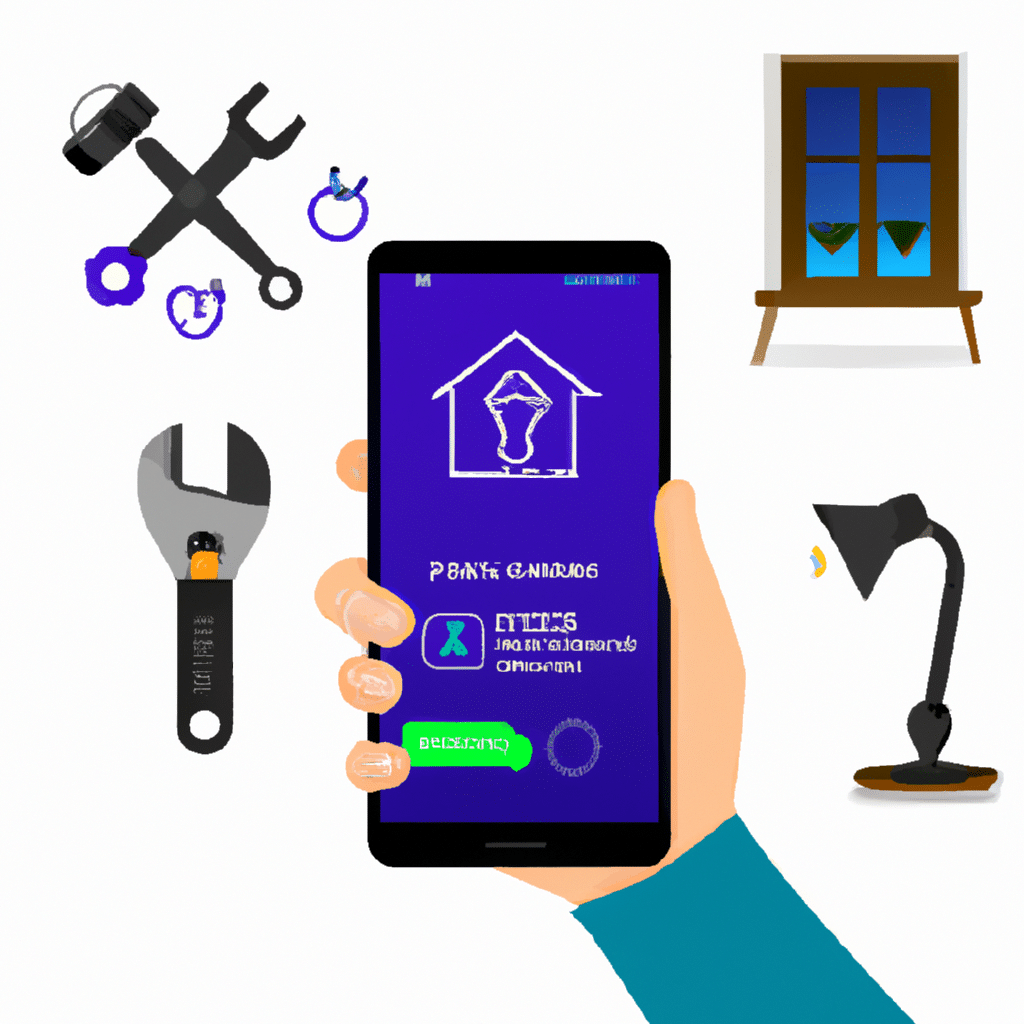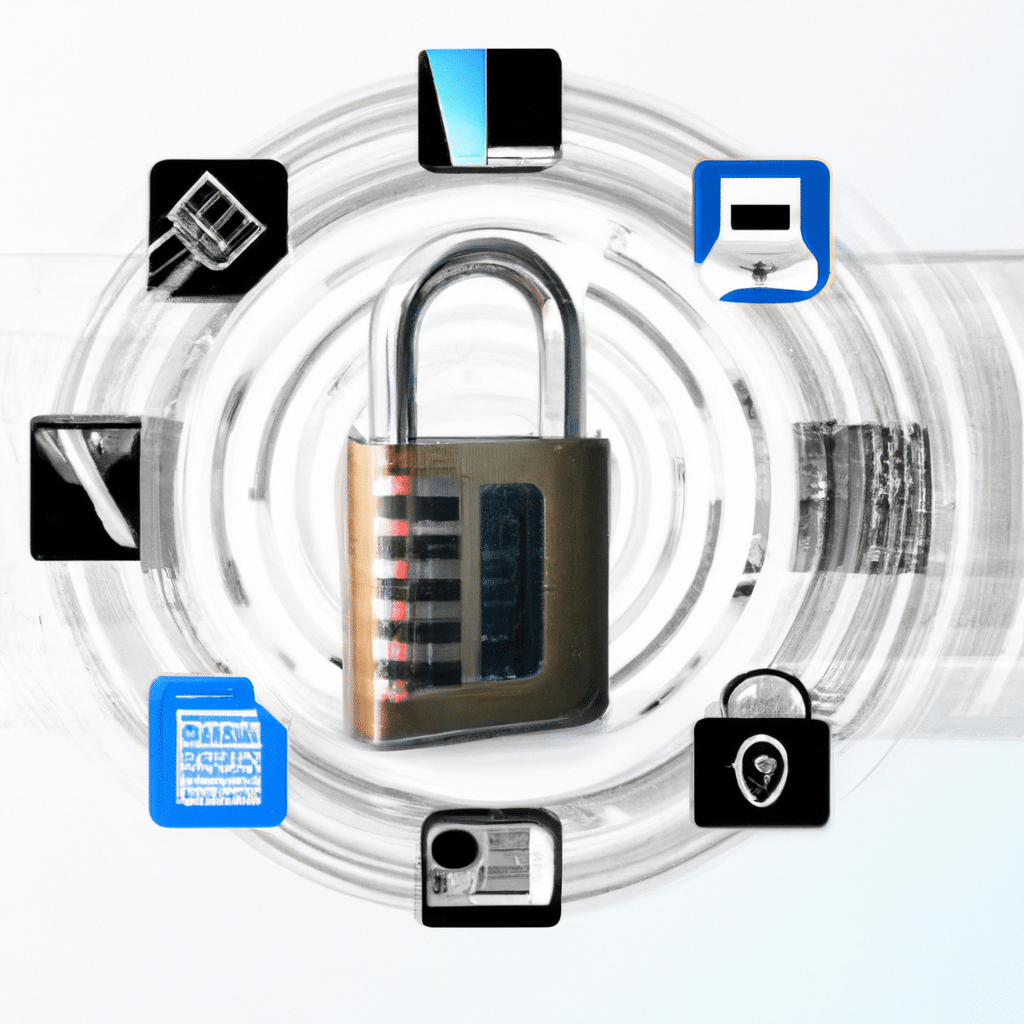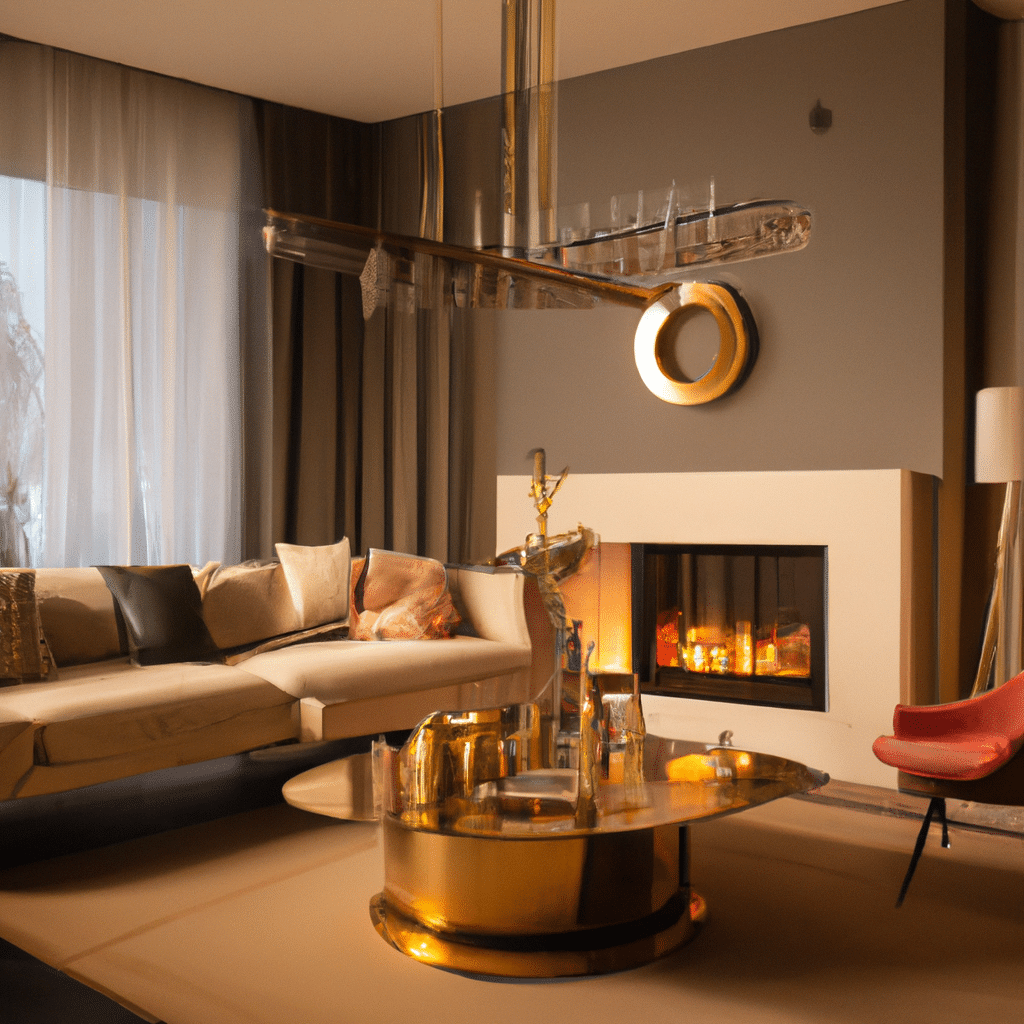
Introduction
Welcome to the ultimate guide on how to master your smart lighting setup! In this comprehensive article, we will delve into the world of smart lighting and provide you with all the information you need to create the perfect ambience in your home while maximizing energy efficiency. Whether you’re a beginner or already have some experience with smart lighting, this guide will equip you with the knowledge and tips to take your setup to the next level.
Understanding Smart Lighting
Before we dive into the details, let’s first understand what smart lighting actually is. Smart lighting refers to a lighting system that can be controlled remotely through a smartphone or voice commands. These systems typically consist of smart bulbs, smart switches, and a central hub that connects everything together.
The Benefits of Smart Lighting
Smart lighting offers numerous benefits beyond traditional lighting setups. Here are some of the key advantages:
-
Convenience: With smart lighting, you can control your lights from anywhere in your home or even when you’re away. No more getting up to turn off lights or walking into a dark room – just a simple tap or voice command is all it takes.
-
Customization: Smart lighting allows you to personalize your lighting experience. You can adjust the brightness, color, and even set schedules or create scenes to match your mood or activities.
-
Energy Efficiency: One of the major advantages of smart lighting is its energy-saving capabilities. By using energy-efficient LED bulbs and optimizing usage through automation, you can significantly reduce your energy consumption and lower your electricity bills.
-
Enhanced Security: Smart lighting can be integrated with other smart home security systems, such as motion sensors or door/window sensors. This integration allows your lights to turn on automatically when someone approaches your home, giving the impression that someone is inside even when you’re away.
Getting Started: Choosing the Right Smart Lighting System
Now that you understand the benefits of smart lighting, it’s time to choose the right system for your needs. There are several factors to consider when selecting a smart lighting system:
1. Compatibility
Before purchasing any smart lighting products, ensure they are compatible with your existing smart home ecosystem. If you already have a smart hub or voice assistant, check for compatibility with popular platforms like Amazon Alexa, Google Assistant, or Apple HomeKit.
2. Types of Smart Bulbs
There are different types of smart bulbs available, each with its own features and advantages. The three main types are:
-
Wi-Fi Bulbs: These bulbs connect directly to your home’s Wi-Fi network and can be controlled through a smartphone app. They don’t require a hub but may put a strain on your Wi-Fi network if you have multiple bulbs.
-
Bluetooth Bulbs: Bluetooth bulbs connect directly to your smartphone, eliminating the need for a hub. However, they have limited range and may not be suitable for larger homes.
-
Hub-Dependent Bulbs: These bulbs require a hub to connect to your smart home ecosystem. While they may be more complex to set up initially, they offer greater compatibility and stability.
3. Additional Features
Consider the additional features you want in your smart lighting system. Some popular features include:
-
Color Changing: If you want the ability to change the color of your lights, opt for bulbs that offer a wide range of colors.
-
Dimming Capabilities: Dimmable bulbs allow you to adjust the brightness according to your preference or the desired ambience.
-
Automation and Scheduling: Look for systems that allow you to automate your lighting based on schedules or triggers, such as sunrise/sunset times or motion detection.
-
Voice Control: If you have a voice assistant, make sure the smart lighting system is compatible with it for seamless voice control.
Setting Up Your Smart Lighting System
Once you’ve chosen the right smart lighting system, it’s time to set it up. Follow these steps to get started:
1. Install the Smart Bulbs
Start by installing the smart bulbs in your desired light fixtures. Make sure to follow the manufacturer’s instructions for each specific bulb. Most smart bulbs are simply a matter of screwing them into place, but some may require additional steps.
2. Set Up the Hub (If Required)
If your smart lighting system requires a hub, follow the provided instructions to set it up. Connect the hub to your home’s Wi-Fi network and ensure it is placed in a central location for optimal connectivity.
3. Connect the Bulbs to the Hub
Using the smartphone app or hub interface, connect each smart bulb to the hub. This process may vary depending on the specific system, but it usually involves scanning a QR code or entering a pairing mode.
4. Customize Your Lighting
Once all the bulbs are connected, it’s time to customize your lighting. Use the smartphone app or voice commands to adjust the brightness, color, and create scenes that suit your preferences. Experiment with different combinations until you find the perfect lighting setup for each room.
Maximizing Energy Efficiency
Smart lighting is not just about convenience and ambience – it’s also an excellent way to save energy. Here are some tips to maximize energy efficiency in your smart lighting setup:
1. Use LED Bulbs
LED bulbs are highly energy-efficient and last significantly longer than traditional incandescent bulbs. When choosing smart bulbs, opt for ones that utilize LED technology to reduce energy consumption.
2. Set Up Schedules and Automation
Take advantage of the automation features in your smart lighting system to create schedules for when lights should turn on or off. Syncing your lighting with sunrise and sunset times is a great way to minimize unnecessary energy usage.
3. Utilize Motion Sensors
If your smart lighting system supports motion sensors, consider installing them in areas where lights are often left on unintentionally. Motion sensors can detect movement and automatically turn off lights when no one is present, preventing energy wastage.
4. Group Lights and Zones
Grouping lights and creating zones allows you to control multiple bulbs simultaneously. This feature is useful for turning off all the lights in a particular zone when not in use, rather than manually switching off each bulb individually.
5. Monitor Energy Usage
Some smart lighting systems provide energy monitoring features that allow you to track your energy consumption. Use this information to identify areas where you can optimize usage further and make informed decisions to reduce energy waste.
Conclusion
Congratulations on mastering your smart lighting setup! By following the steps outlined in this guide, you now have the knowledge and tools to create the perfect ambience in your home while maximizing energy efficiency. Remember to choose the right smart lighting system, set it up correctly, and take advantage of the various features to personalize your lighting experience. With smart lighting, you can transform your home into a haven of comfort, convenience, and sustainability.



